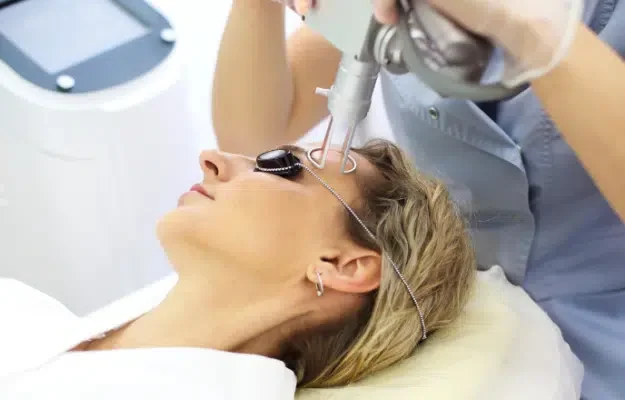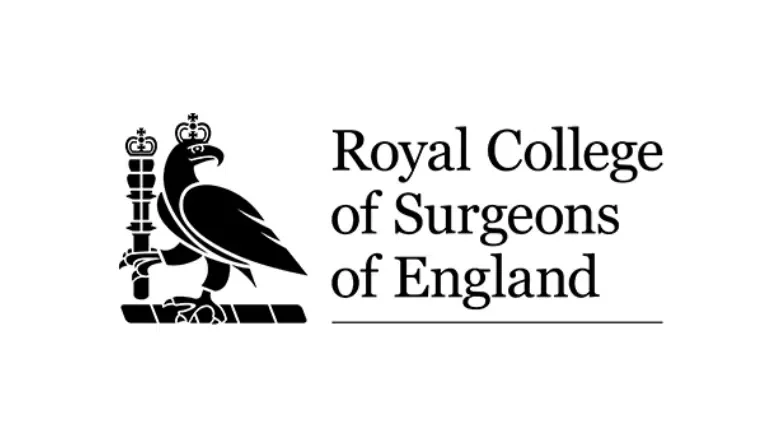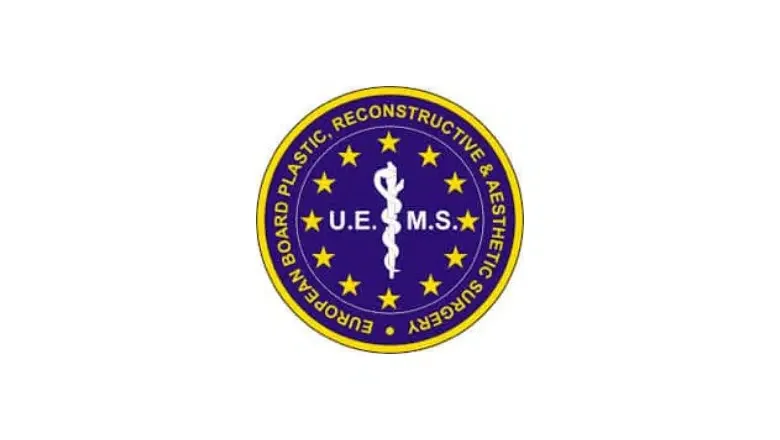In the UK, there’s a widespread but incorrect belief that sun protection isn’t necessary. However, at Centre for Surgery, we’re dedicated to educating the public about the critical importance of safeguarding our skin from the sun.
Contrary to popular belief, sun exposure poses significant risks beyond immediate burns. One of the most severe consequences is the increased risk of dangerous skin cancers. But the impact of the sun on our skin extends even further. Over time, the sun’s ultraviolet rays cause substantial damage to the skin, a phenomenon known as photoaging. This type of ageing is different from the natural ageing process, as it directly results from prolonged UV exposure.
The detrimental effects of UV rays penetrate deep into the skin’s dermis, altering DNA at the cellular level. The signs of this damage, however, often don’t appear immediately. It can take years for the evidence of photoaging to become apparent. These signs include a range of skin issues, such as the development of fine lines, loss of skin elasticity, uneven skin tone, the appearance of broken capillaries, and changes in skin pigmentation.
Reversing Sun Damage: A Three-Step Guide by Centre for Surgery
At Centre for Surgery, we understand the impact of UV damage on the skin and the importance of both prevention and treatment. Our comprehensive approach to tackling sun damage involves a three-step process, ensuring that your skin receives the best care possible.
Proactive Measures Against Photoaging: Emphasising Prevention with High-Quality Sun Protection
Preventing photoaging, a type of skin damage induced by prolonged exposure to the sun, is significantly easier than attempting to reverse its effects. This is a key principle at Centre for Surgery. Regardless of past sun exposure habits, it’s vital to start incorporating high-quality sun protection into your daily routine. One such recommended product range is Obagi’s SPF products, renowned for their effectiveness in shielding the skin from the sun’s harmful rays.
Obagi’s sun protection line has a comprehensive formulation. These products combine both physical and chemical components to offer SPF50 a high level of protection. This broad-spectrum approach ensures defence against a range of solar radiation, including UVA and UVB rays, as well as infrared (IR) rays. UVA rays are primarily responsible for skin ageing, while UVB rays contribute to sunburn. Infrared rays, often overlooked, also play a role in skin damage.
By using products like Obagi’s SPF range, you’re not just preventing immediate sunburns but also guarding against the long-term effects of photoaging. These include skin laxity, uneven tone, and the appearance of fine lines and wrinkles. At Centre for Surgery, we advocate for a proactive approach to skin care. We emphasise the importance of regular and thorough application of high-factor sun protection as a fundamental step in maintaining skin health and vitality.
Enhancing Skin Radiance: Addressing Sun-Induced Pigmentation with Advanced Treatments
One of the most visible indicators of sun damage is the alteration in skin colour, often perceived as a healthy-looking tan. However, at Centre for Surgery, we understand that this change is actually a sign of melanin overproduction, a natural response to ultraviolet ray absorption. While tans may fade post-summer, the cumulative effect of years of sun exposure often results in persistent, abnormal melanin production, leading to brown spots or sun spots.
Medical-Grade Skincare for Lightening Pigmentation
Medical-grade skincare products can be remarkably effective in combating these pigmentation changes and restoring a naturally glowing skin tone. One such product, Obagi Blend FX, features arbutin, a compound known for its ability to inhibit tyrosinase, an enzyme crucial for melanin production. This not only helps lighten pigmentation but also acts as an exfoliating agent, promoting the turnover of healthy skin cells. Regular use of such products can visibly improve the appearance of sun-induced pigmentation changes.
Fotona Laser: A Targeted Approach to Pigmentation Issues
Another advanced option for treating pigmentation is the Fotona4D laser treatment. This dual-wavelength laser is designed to penetrate just below the skin’s surface, making it highly effective for addressing superficial pigmentation issues like freckles, solar lentigines, and sun spots. The unique technology of the Fotona4D laser allows for precise targeting of pigmentation, ensuring effective treatment with minimal discomfort.
At Centre for Surgery, our approach to treating sun damage includes both top-tier skincare products and cutting-edge laser treatments. We focus on providing solutions that not only address the aesthetic concerns of sun damage but also promote overall skin health and rejuvenation.











